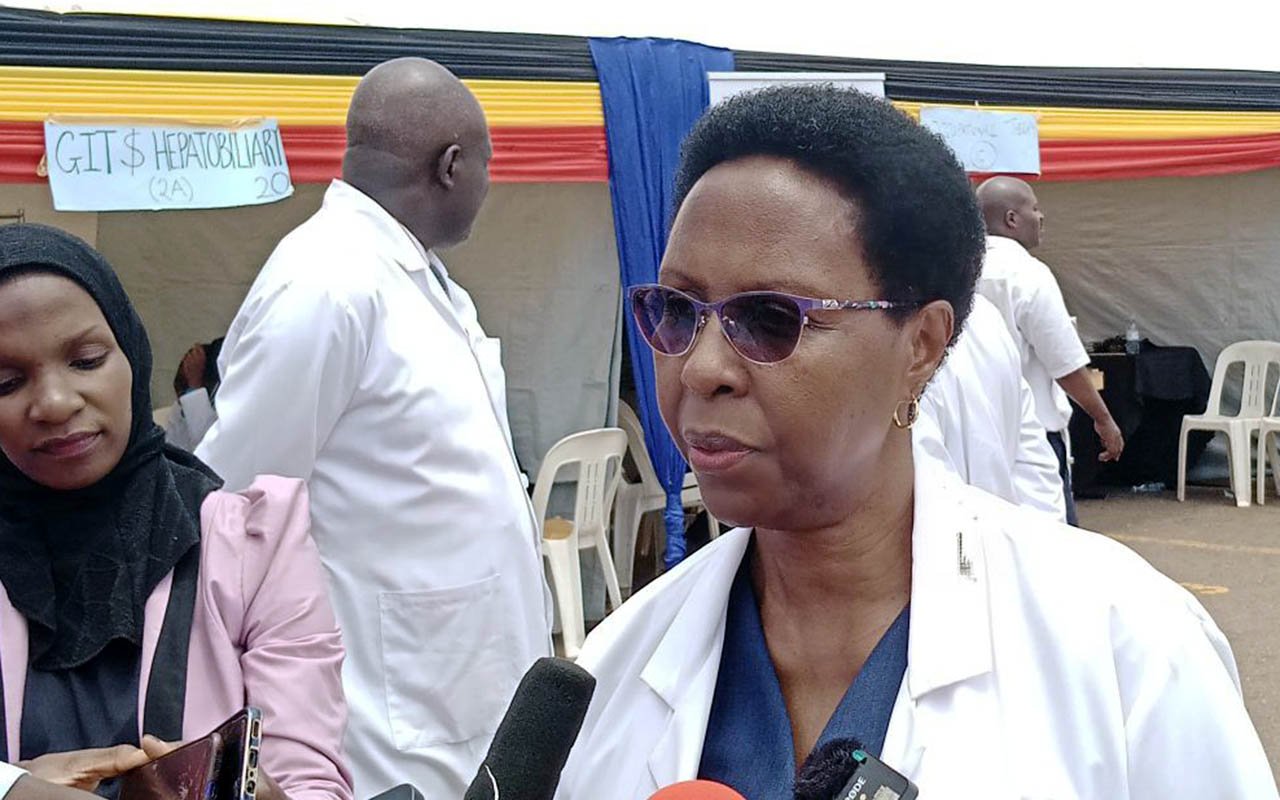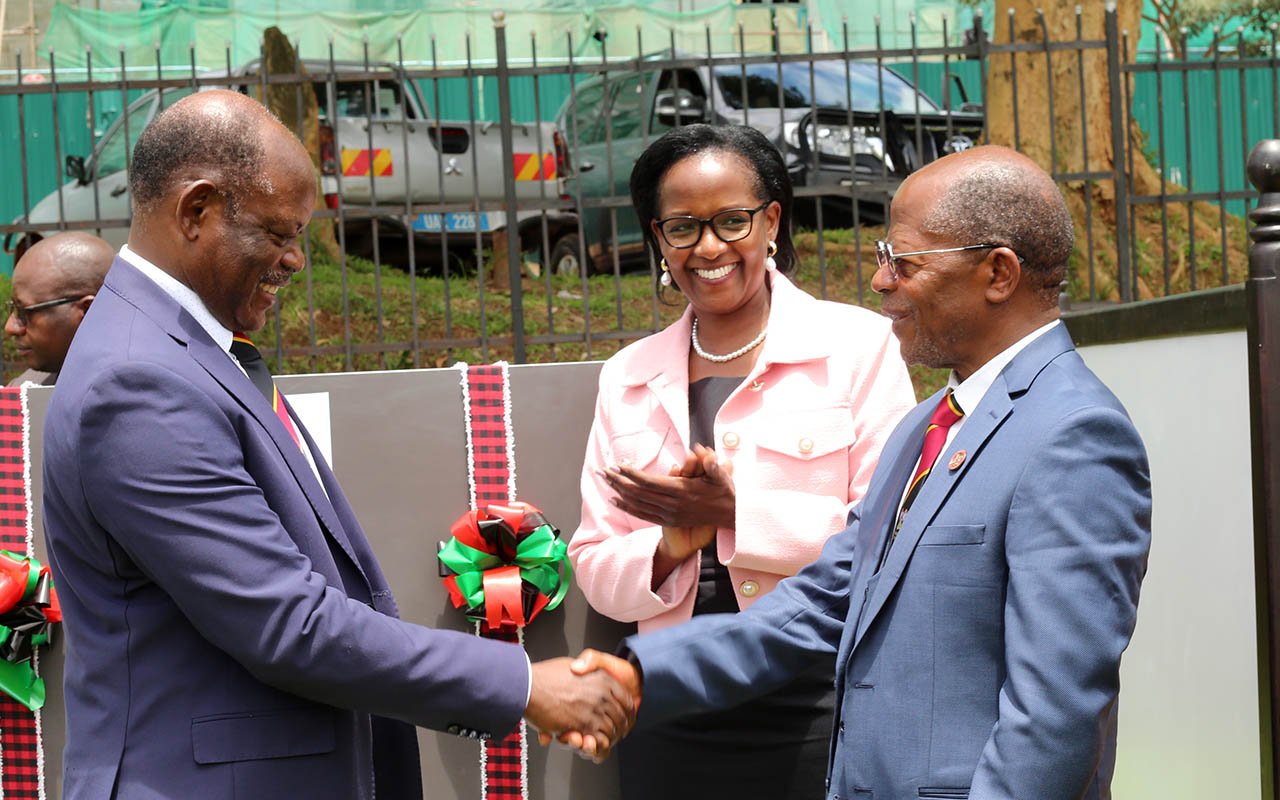If news were told from a female perspective

Emilly Comfort Maractho
What you need to know:
- Mr Abass Mpindi of Media Challenge Initiative called me about it and I agreed, mostly out of support to Mpindi, whose contribution to journalism is worth reciprocating. We were charged with discussing what the world would look like if news was told from a female perspective. The thought of that world was daunting.
When I was asked to speak on whether we need feminist journalism, along with two distinguished ladies, Josephine Karungi and Laura Ekumbu at the East Festival 2022, I immediately started to worry about how it would turn out.
Mr Abass Mpindi of Media Challenge Initiative called me about it and I agreed, mostly out of support to Mpindi, whose contribution to journalism is worth reciprocating. We were charged with discussing what the world would look like if news was told from a female perspective. The thought of that world was daunting.
After years of engagement with media and women, I now understand why years ago, I approached a renowned gender scholar for a possible interview, and she said, she had moved on in scholarship. Feminist journalism was bound to breed an uncomfortable conversation. Part of my problem was that the panel was all female. I felt the urge to request the inclusion of a male journalist on the panel, but felt comforted by the discussion happening in a main session. The organisers did well not to reduce this conversation to a breakaway session that would then be attended largely by women, as is often the case in most conferences. This was cold comfort as it turned out.
By the end of the session, most people were drained. I started to wonder, What is it about feminism that seems to drain the life out of people? Even the panelists acknowledged losing energy, while the amazing Ben Mwine, always brilliant at moderating, was visibly overwhelmed. Would that conversation be differently framed as gender-sensitive journalism as opposed to feminist journalism?
Leonor Camauer, whose doctoral research at Stockholm University in the 2000s focused on ‘feminism, citizenship and the media’ may have wondered about similar things. Through the lens of media practices of four Swedish women’s associations, she explored the role of media use in the construction of feminist collective identities.
She acknowledged that defining feminism was not an easy matter, but cited Imelda Whelehan, that ‘all feminist positions are founded upon the belief that women suffer from systematic social injustices and therefore any feminist is, at the very least, committed to some form of reappraisal of the position of women in society.
One of the major sites of difference, however, is the definition of the oppressor and the source of oppression. Some gains have been made. For instance, the field of higher education has changed, even in our context, with more female academics having access to higher education, including in journalism.
However, opportunities provided by education are closed by the labour market and employment system. While more girls are trained as journalists, newsroom culture and other employment practices erect more barriers. It is part of the reason our conversation had the most chilling effect, with one journalism student saying she went home wondering if she was studying the right course.
But these doors opened by education and then shut again by the employment system is not just an issue that journalism alone grapples with. There are many other sectors that still suffer huge gender gaps in pay and recruitment, despite decades of progressive legislation for gender equality and women empowerment.
To return to Leonor Camauer, ‘can we not demand other, more diverse representations, representations which more closely connect with the experiences and practices of actual women and men and help us to better understand them and the contradictions that pervade our lives?’
There has been a lot of progress in scholarship, discussing gender issues in the newsroom and media, we know why women leave the newsroom, but are short on solutions. While progress is slow, there is need to keep having these conversations.
Feminist media scholars acknowledge that the democratisation of media has not translated into better representation of women on media. If democratisation of media, including more women participation in editorial and management has not brought very significant changes in news content, how will feminisation of news make a difference?
Susan Carter, studying three models of women’s inclusion provided some clues. The replacement of male broadcasters by female ones, the inclusion of women programmes, and media for women by women all had surprising outcomes. The findings offer incredible insights into why a fully feminist approach to media dies first.
Integration of gender in general programming, news and media content is still the most viable means for changing news narratives and better representation for women.
Giving women agency is the other important aspect. We can enforce frameworks for more professional, diverse, inclusive and balanced stories told by men and women, and stories of women told with compassion regardless of who tells the stories, while ensuring women’s voices are not muted in the process.
Ms Maractho (PhD) is the director of Africa Policy Centre and senior lecturer at Uganda Christian University. [email protected]




